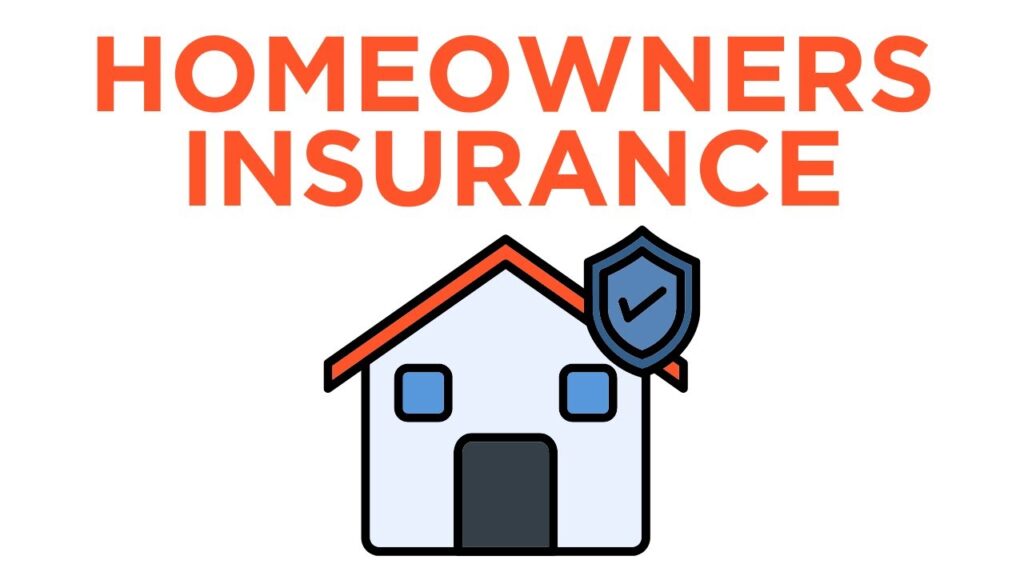Homeowners Insurance: What Does It Cover?
Homeownership is one of life’s most significant investments, and protecting it should be a top priority. That’s where homeowners insurance comes in. It’s designed to safeguard your home and belongings from a variety of potential risks. But what exactly does a homeowners insurance policy cover—and what does it not?
This guide breaks down the key components of a typical policy, so you can make informed decisions and ensure you’re adequately protected.
What Is Homeowners Insurance?
Homeowners insurance is a policy that provides financial protection against loss or damage to your home and personal belongings due to events like fire, theft, or natural disasters. It also offers liability coverage in case someone is injured on your property.
Main Components of Homeowners Insurance Coverage
1. Dwelling Coverage
What it covers:
- The structure of your home (walls, roof, floors, etc.)
- Built-in appliances and fixtures
- Attached structures (like a garage or deck)
Common events covered: Fire, windstorms, lightning, theft, vandalism, and more.
Tip: Ensure your dwelling coverage amount is enough to fully rebuild your home, not just cover its market value.
2. Other Structures Coverage
What it covers: Detached garages, fences, sheds, and similar structures—typically 10% of your dwelling coverage.
3. Personal Property Coverage
What it covers: Furniture, electronics, appliances, clothing, and other belongings—even items stolen from your car.
Note: High-value items may need separate riders for full protection.
📌 This coverage typically reimburses actual cash value unless you choose replacement cost coverage.
4. Loss of Use (Additional Living Expenses)
What it covers: Temporary living expenses if your home is uninhabitable due to a covered loss (e.g., hotel stays, meals).
5. Personal Liability Protection
What it covers: Legal costs and damages if you’re found liable for someone else’s injury or property damage.
- Injuries on your property
- Dog bites (varies by insurer)
- Accidental damage to someone else’s property
6. Medical Payments to Others
What it covers: Minor medical expenses for guests injured on your property, regardless of fault.
What Homeowners Insurance Typically Does NOT Cover
- Flood damage (requires separate flood insurance)
- Earthquakes (covered only with an additional policy or rider)
- Wear and tear or neglect
- Sewer or drain backup (optional rider)
- Business property over standard limits
🛡 Consider customizing your policy with endorsements based on your location and needs.
How Much Does Homeowners Insurance Cost?
Costs depend on factors like your home’s value, location, age, construction type, and your claims history. The U.S. average ranges from $1,200 to $2,000 annually.
Tips to Get the Best Coverage and Rate
- Shop around and compare quotes
- Bundle with auto insurance for discounts
- Install safety features (smoke detectors, alarms)
- Raise your deductible to reduce premiums
- Maintain good credit
- Review your policy yearly
Final Thoughts
Homeowners insurance is more than just a requirement—it’s a safety net for your biggest investment. Understanding what your policy covers can help you avoid costly surprises and make sure your family and assets are protected.
🏡 Peace of mind starts with preparation. Review your policy and speak with a licensed agent to ensure your home is fully protected.


